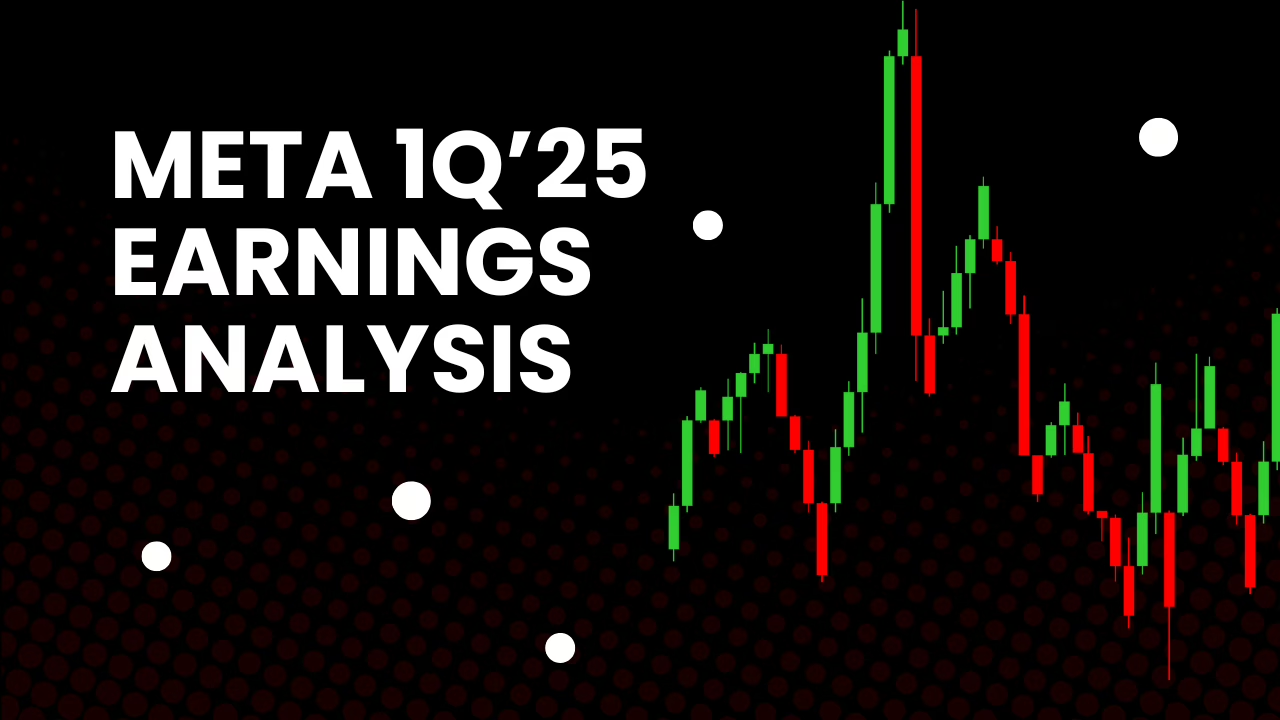The bull put spread is a bullish options strategy employed when an investor anticipates a moderate increase in the price of an underlying asset, or at least expects it to stay above a certain level. Unlike a bull call spread which involves buying and selling call options, the bull put spread involves buying and selling put options. Critically, this strategy is established for a net credit, meaning you receive more premium from the put option you sell than you pay for the put option you buy. It’s also known as a credit put spread or short put spread.
Core Concept:
The bull put spread aims to profit from the underlying asset’s price staying above the higher strike price of the two put options involved. The strategy capitalizes on the time decay of the options and the expectation of limited downward price movement. By selling a put option at a higher strike and buying a put option at a lower strike (with the same expiration date), you create a range within which your profit is maximized and your potential loss is capped.
Components of a Bull Put Spread:
-
Short Put (Sell to Open): You sell a put option with a higher strike price, typically at or slightly below the current market price of the underlying asset. Selling this put generates premium income for you. You are obligated to buy the underlying asset at this strike price if the option is assigned by the buyer (if the price falls below this strike). This is the source of potential profit.
-
Long Put (Buy to Open): Simultaneously, you buy a put option on the same underlying asset, with the same expiration date, but at a lower strike price than the put you sold. This purchase acts as insurance, limiting your potential losses if the price of the underlying asset falls significantly below the strike price of the short put.
How it Works (Mechanics):
Let’s illustrate with an example: Suppose Stock XYZ is trading at $50. You believe it will moderately increase or at least stay above $45 by expiration.
- Action 1: Sell 1 XYZ August $45 Put @ $1.50 (This is your short put – higher strike)
- Action 2: Buy 1 XYZ August $40 Put @ $0.50 (This is your long put – lower strike)
Net Credit: You receive a net credit of $1.00 ($1.50 – $0.50). This is your maximum potential profit.
Profit and Loss Profile:
-
Maximum Profit: Limited to the net credit received when initiating the spread.
- In our example: $1.00 per share.
- This maximum profit is achieved if the underlying asset’s price is at or above the strike price of the short put at expiration. In this scenario, both put options expire worthless, and you keep the initial credit.
-
Maximum Loss: Limited to the difference between the two strike prices minus the net credit received.
- In our example: ($45 – $40) – $1.00 = $5.00 – $1.00 = $4.00 per share.
- This maximum loss occurs if the underlying asset’s price falls to or below the strike price of the long put at expiration. In this scenario, the short put would be in-the-money, and your long put would help offset some of the loss.
-
Breakeven Point: The strike price of the short put minus the net credit received.
- In our example: $45 – $1.00 = $44.00.
- If the underlying asset’s price is at the breakeven point at expiration, the trade will result in neither a profit nor a loss.
Possible Scenarios at Expiration (Using our example):
-
Stock Price at $52 (Above Short Put Strike):
- Both the $45 put and the $40 put expire worthless.
- You keep the initial net credit of $1.00. This is your maximum profit.
-
Stock Price at $46 (Between Strikes, above Breakeven):
- The $45 put expires worthless.
- The $40 put also expires worthless.
- You still keep the initial net credit of $1.00.
-
Stock Price at $44 (Breakeven Point):
- The $45 put is in-the-money by $1.00 ($45 – $44).
- The $40 put expires worthless.
- The obligation from the short put ($1.00) exactly offsets the initial credit received ($1.00), resulting in a net zero profit/loss.
-
Stock Price at $42 (Between Strikes, below Breakeven):
- The $45 put is in-the-money by $3.00 ($45 – $42).
- The $40 put is in-the-money by $2.00 ($40 – $42 – this has no intrinsic value as the strike is higher).
- You would be obligated to buy shares at $45 due to the short put assignment. Your long put allows you to sell those shares (or offset the loss) at $40. The net loss would be ($45 – $42) – $2 (intrinsic value of long put at this price) – $1 (initial credit) = $3 – $0 – $1 = $2 loss. Alternatively, consider the difference in strikes ($5) minus the net credit ($1) = $4 max loss. At $42, the loss is indeed moving towards that maximum.
-
Stock Price at $38 (Below Long Put Strike):
- The $45 put is in-the-money by $7.00 ($45 – $38).
- The $40 put is in-the-money by $2.00 ($40 – $38).
- You would be obligated to buy shares at $45 due to the short put assignment. Your long put allows you to sell those shares at $40, limiting your loss on this leg to $5. Subtracting the initial credit of $1, your net loss is $4.00. This is your maximum loss.
When to Use a Bull Put Spread:
- Moderately Bullish Outlook: You expect the underlying asset’s price to increase slightly or, more importantly, to stay above the higher strike price of the puts you sold.
- Generate Income: The strategy is designed to generate income from the net credit received.
- Limited Risk: Your maximum potential loss is capped and known upfront.
- High Implied Volatility: Selling options (the core of this strategy for generating credit) is generally more attractive when implied volatility is high, as option premiums are inflated.
Advantages:
- Limited and Defined Risk: Your maximum potential loss is capped at the difference between the strike prices minus the net credit.
- Generates Income: You receive an upfront credit when establishing the trade.
- Lower Margin Requirements: Compared to selling a naked put, the margin requirements are typically lower because the long put acts as a hedge.
- Profits from Time Decay (Theta): As the expiration date approaches, the time value of both put options decreases. Since you are short the higher strike put, this decay works in your favor.
Disadvantages:
- Limited Profit Potential: Your maximum profit is capped at the initial net credit received, regardless of how high the underlying asset’s price goes.
- Requires the Underlying to Stay Above a Certain Level: If the price falls significantly below the lower strike price, you will incur the maximum loss.
- Assignment Risk (on the short put): If the price of the underlying asset falls below the higher strike price, you could be assigned on the short put, requiring you to buy the asset at that price. However, your long put at the lower strike price helps to mitigate the potential loss.
In summary, the bull put spread is a valuable strategy for investors with a moderately bullish or neutral-to-slightly-bullish outlook who want to generate income with defined risk. It’s a more conservative approach than simply buying call options or the underlying stock, particularly when you believe the downside risk is limited. The key to profitability lies in the underlying asset’s price staying above the higher strike price by expiration, allowing both puts to expire worthless and you to keep the initial credit.




